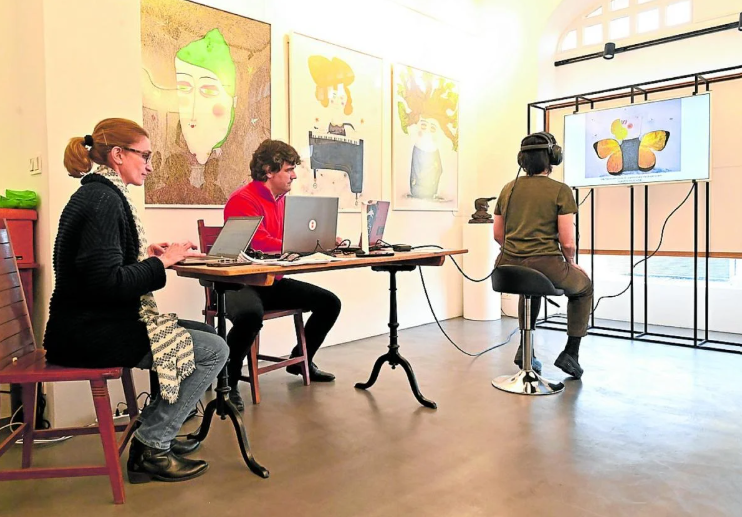"The technology and algorithm developed by TECNALIA enables the emotions generated to be evaluated and understand the variables each emotion indicates"
TECNALIA monitors emotions and human factors to revolutionise Industry 5.0
Industry 5.0 is presented as a strategy that puts the human factor (HF) at the centre of production, in which worker well-being is prioritised, as well as more sustainable and resilient production systems. In this respect, human centrality starts by understanding human factors and meeting human needs in whichever environment a person finds him/herself. Identifying the most relevant human factors in Industry 5.0 can be complicated, as it depends on the specific context and objectives of each organisation. However, there are six specific human factors that have been identified as particularly important in this area, classified according to the distinctive states affected: physical, cognitive and psychological states. In the physical state, physical fatigue is directly related to the more physical part of the human being. The cognitive state is related to attention and mental workload and the psychological state refers to the emotional spectrum, stress and confidence.
Monitoring of human factors
The human factor can be recognised and measured using two complementary methods:
- Internal human signals, also known as psychophysiological signals.
- Human physical signals, such as facial expression, body posture or voice.
Psychophysiological signals can be used to assess the activity of the central and autonomic nervous systems and offer a more objective and effective detection of emotional states from the perspective of internal physiology. Psychophysiological signals to determine emotions are measured by EEG (electroencephalogram), HRT (heart rate) and GSR (galvanic skin response). EEG detects brain activity and its wave patterns, which are related to states such as relaxation or stress. Heart rate (HR) reflects levels of stress or calmness based on variations in heart rate, while GSR measures skin conductance, indicating levels of emotional arousal. The combination of these methods enables accurate, real-time assessment of emotions for use in neuroscience, psychology and human-machine interaction environments.
Measuring emotional impact in the art world
At TECNALIA, we are carrying out a second study with the silvia&the spyglass art gallery, in which we are measuring the emotions felt by 50 volunteers on viewing the physical work of the artist Silvia Sánchez. To do so, we have several devices that measure the psychophysiological response of the participants when they perceive the visual stimulus, which enables us to monitor and analyse the emotions through the signals received.
The data collected during the study is analysed based on eight basic emotions:
- Joy.
- Sadness.
- Anticipation.
- Surprise.
- Trust
- Displeasure.
- Anger.
- Fear.
In this way, the technology and the algorithm developed by TECNALIA will enable us to understand the emotions generated in the participants by Silvia's physical work as a whole, as well as by each individual work.
Second study
This is the second study carried out by the gallery in conjunction with TECNALIA to measure the impact of art on people's emotional state. The first was an immersive art experience in virtual reality, which concluded that individual response is not only influenced by personal emotional baggage but also by factors such as gender and age.

